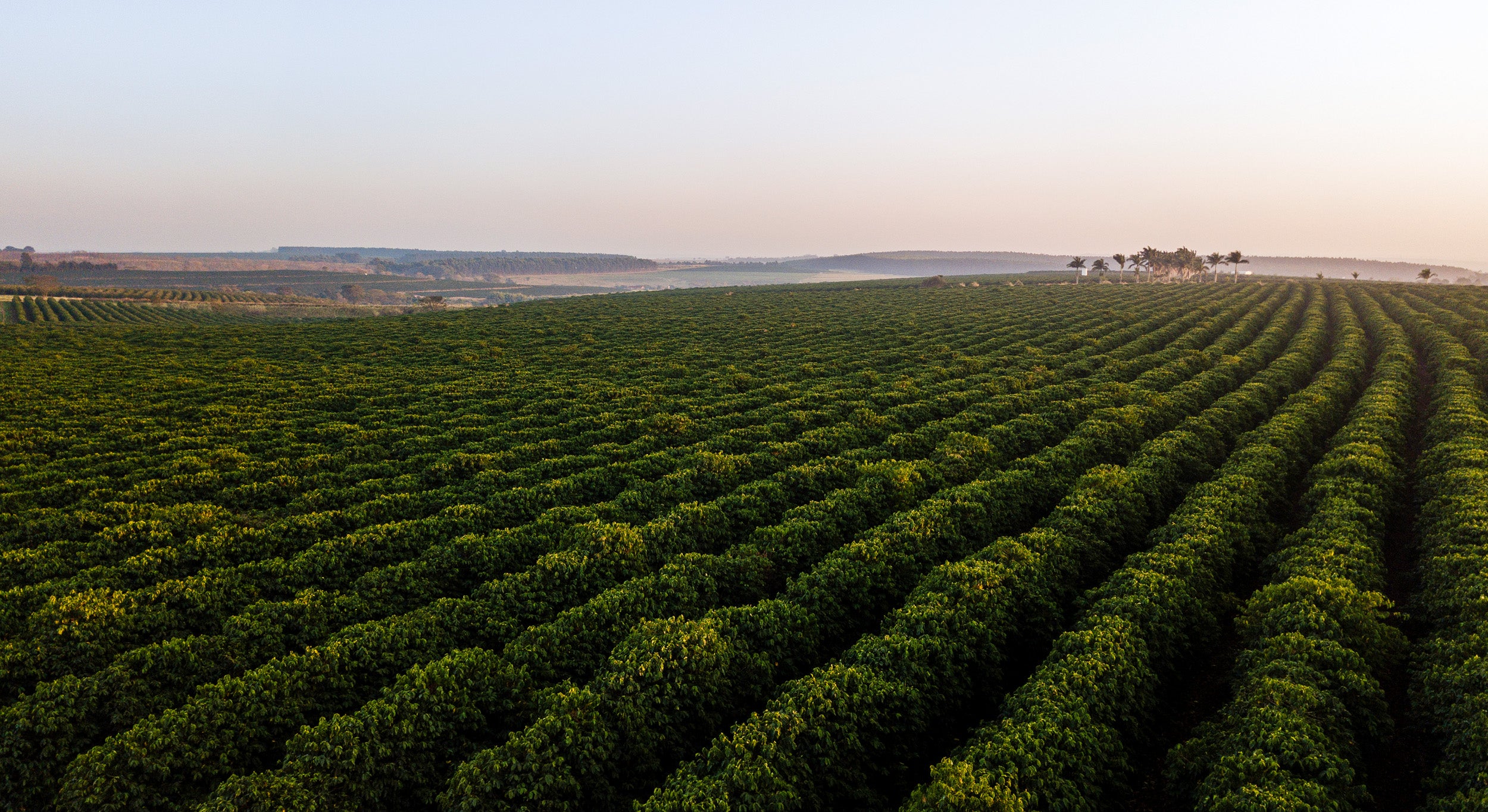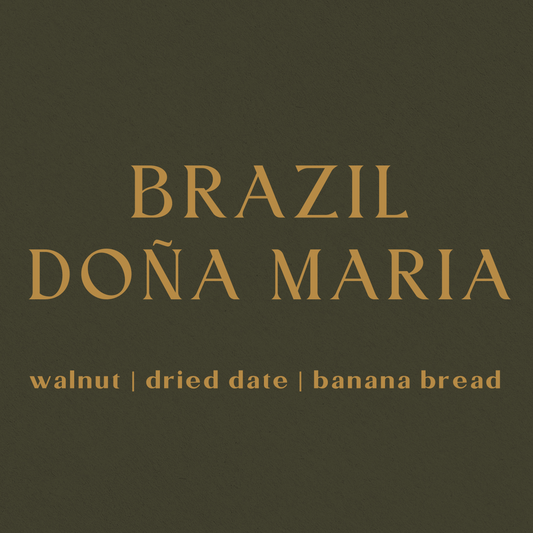
Brazil
Coffee Production in Brazil: Past and Present Overview
1. Historical Background
Coffee was introduced to Brazil in the early 18th century, with the first seedlings reportedly brought from French Guiana in 1727. By the early 1800s, Brazil had begun large-scale commercial cultivation, especially in the Paraíba Valley and later in São Paulo and Minas Gerais. The country’s rapid expansion in coffee production was driven by its vast arable land, favorable climate, and access to labor during the colonial and post-colonial periods.
By the mid-19th century, coffee had overtaken other agricultural exports, becoming Brazil’s economic engine. Investments in infrastructure, such as railroads and ports, followed the boom in coffee, reshaping the country’s economy and landscape. In 1906, Brazil implemented the Taubaté Agreement—a policy to stabilize prices by purchasing and stockpiling excess coffee, demonstrating its global influence as the dominant coffee producer. Brazil’s early efforts to regulate and promote coffee trade helped establish its leadership in the international market.
2. 20th Century Growth and Regional Development
Throughout the 20th century, Brazil transitioned from being largely reliant on large estates to incorporating a mix of both estates and smallholder farms. This diversification allowed production to expand into multiple regions. Today, key coffee-producing states include Minas Gerais (home to Sul de Minas and Cerrado Mineiro), São Paulo, Espírito Santo, Bahia, Paraná, and Rondônia.
Brazil’s unique climate and topography support both Arabica and Robusta (locally known as Conilon) production. Arabica is primarily grown in the higher elevations of southern and southeastern Brazil, while Robusta thrives in the lower-altitude, warmer climates of Espírito Santo and Rondônia. Government-supported research institutions, such as EMBRAPA, have contributed significantly to varietal development, disease resistance, and yield optimization.
3. Present-Day Production and Export Trends
Brazil is the largest coffee producer in the world, accounting for roughly 35–40% of global output. In the 2024–2025 cycle, Brazil is forecasted to produce over 66 million 60-kg bags, of which approximately 70–75% is Arabica and the remainder Robusta. The U.S., Germany, and Italy are among the top importers of Brazilian coffee, and Brazil is also one of the top three coffee-consuming countries globally, with domestic consumption nearing 24 million bags annually.
Most Brazilian Arabica is processed using natural (dry) or pulped natural (semi-washed) methods. While the fully washed method is rare in Brazil due to its dry post-harvest climate, some producers, especially in specialty-focused regions, are experimenting with washed and anaerobic methods to meet evolving international demand.
Brazil’s scale, mechanization, and efficiency are unmatched. Flat terrains allow for large-scale mechanical harvesting, making it one of the most cost-efficient origins in the world. Additionally, cooperatives and exporters have invested in traceable microlot programs, processing innovation, and certification schemes to meet specialty coffee market standards.
4. Market Dynamics and Trade Challenges
Brazil’s coffee industry is influenced by a number of internal and external factors. One of the most prominent is the biennial production cycle of Arabica, where harvests alternate between higher and lower yields. This cycle, coupled with climate risks such as droughts and frosts, creates significant volatility in production levels.
In recent years, climate change has intensified these challenges. Notable droughts in 2020 and severe frosts in 2021 led to lower-than-average yields and impacted the global supply chain. As a result, many producers have begun planting Robusta to hedge against future climate-related risks.
Despite these challenges, Brazil has remained resilient, thanks to technological advancements in irrigation, fertilization, and genetic improvement. Moreover, the country’s infrastructure—including ports, export systems, and digital trading platforms—is among the most sophisticated in the coffee world.
5. Outlook
Brazil’s future in coffee production remains strong. The country is expected to continue leading both commodity-grade and specialty-grade coffee markets. While it has long been known for high-volume exports, the growing emphasis on traceability, post-harvest experimentation, and sustainable farming has allowed Brazilian producers to elevate their profiles in the specialty sector.
With global demand shifting toward transparency, quality differentiation, and environmental stewardship, Brazil’s coffee sector is well-positioned to adapt. Regions such as Cerrado Mineiro, Chapada Diamantina, and Espírito Santo are now producing microlots with unique flavor profiles that challenge long-held assumptions about Brazilian coffee.
In the coming years, Brazil’s competitiveness will likely hinge on its ability to manage climate risks, invest in sustainable practices, and continue innovating at scale—ensuring it maintains its dominant position in both volume and quality in the global coffee market.
Shop Coffees from Brazil
-
 Sold out
Sold outDoña Maria
Regular price From $19.00 USDRegular priceUnit price / per

